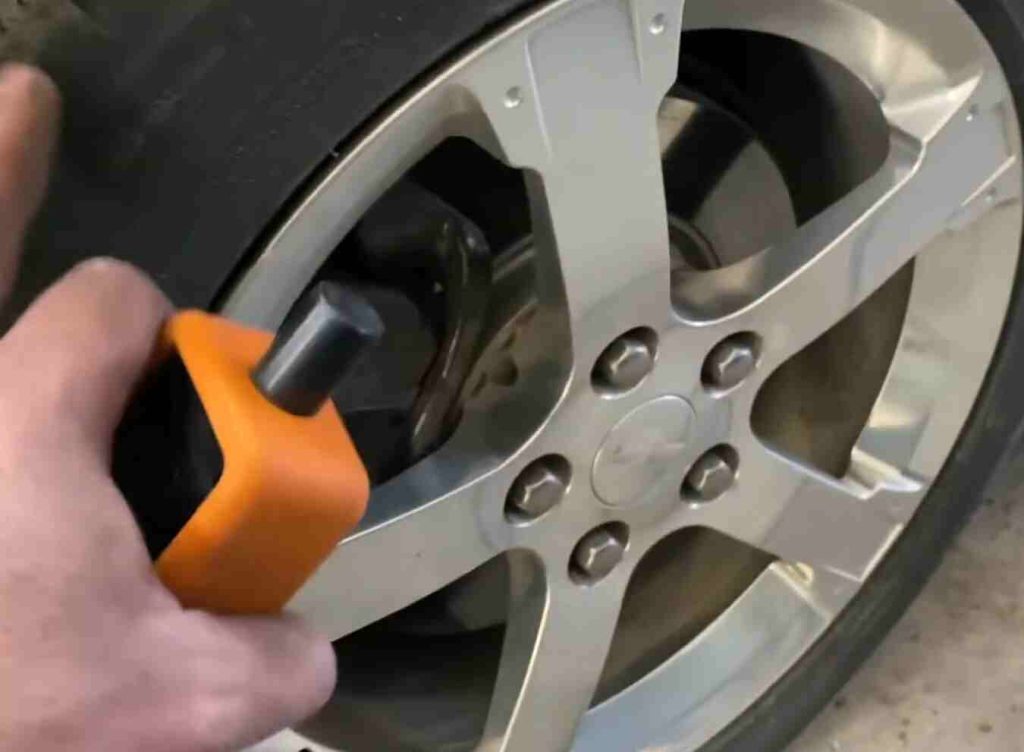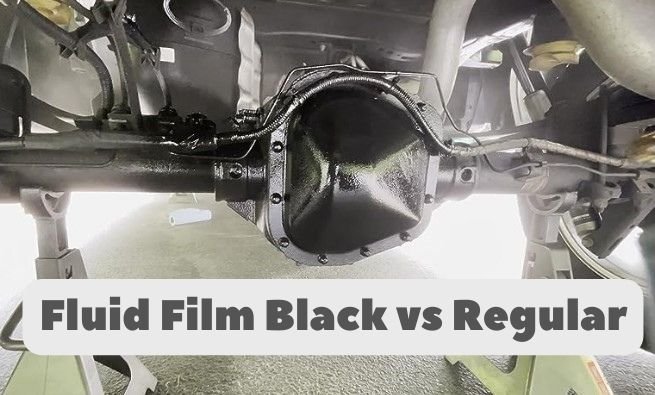How Does TPMS Know Which Tire is Which?
TPMS, or Tire Pressure Monitoring System, is an automotive tech that monitors tire air pressure in real-time. It ensures optimal safety, fuel efficiency, and tire longevity. TPMS infers pressure changes from wheel speed variations.
But how does TPMS know which tire is which though? It determines the tire using sensors installed in each tire or wheel assembly. These sensors transmit tire pressure to a central control module in the vehicle. The control module associates the sensor data with the specific wheel position based on the vehicle’s setup.
Now, this is just a general understanding. If you want to dig deeper, you have to know about the types of TPMS and how each type determines the tire. So, read till the end.
Types of TPMS
There are two main types of TPMS: direct and indirect.
Direct TPMS
This system utilizes sensors installed within each tire to directly measure the air pressure. These sensors transmit real-time pressure data to a central module.
You can see the information displayed on your vehicle’s dashboard. Direct TPMS provides accurate and instantaneous pressure readings for each tire.
Indirect TPMS
Indirect systems rely on the vehicle’s existing sensors, often from the anti-lock braking system (ABS). As the name says, this TPMS indirectly monitors tire pressure.
The systems analyze the rotational speed of the wheels to detect pressure changes. However, indirect TPMS is generally less accurate and might not provide real-time pressure information.
How Does Direct TPMS Know Which Tire is Which
Direct TPMS specifies the tire with some complicated processes. We’re discussing the step-by-step breakdown.
Step 1. Sensor Installation and Pairing
When you initially install a Direct TPMS in a vehicle, each tire is fitted with a sensor. When you replace a tire that has a TPMS sensor installed, it is typically necessary to calibrate or relearn the TPMS system. This accounts for the new sensor in the replacement tire. It’s because the TPMS system relies on the sensors to provide accurate tire pressure and temperature information. Each sensor has a unique identifier that needs to be recognized by the vehicle’s TPMS module.
This sensor is capable of measuring tire pressure and temperature. They basically communicate wirelessly with the central control unit of your vehicle. Also, explore What Are The Biggest Tires That Fit Chevy Express Van
Step 2. Unique Sensor ID
There’s a unique identification code for every sensor in a Direct TPMS. The manufacturers include these during the manufacturing process. This ID is programmed into the sensor’s electronic components. Not only this, but they can also differentiate one sensor from another.
Step 3. Position Mapping
This is part of the installation process. You see, the vehicle’s TPMS system is made in such a way that it can recognize the position of each sensor. This is typically done through a calibration or learning procedure.
In this step, the vehicle’s computer records the specific tire position associated with each sensor ID.
Step 4. Data Transmission and Reception
Once the sensors are ready to go, their positions are mapped. They continuously monitor the tire pressure and temperature. If there’s a change in temperature or pressure, the sensors send out wireless signals. These signals contain data, including the sensor’s unique ID.
Step 5. Centralized Processing
Once the sensor transmits the signals, the onboard computer system of your vehicle receives them. The system interprets the sensor data based on the associated sensor IDs. And then, the whole procedure allows the system to determine which tire sends the data.
Step 6. Displays and Alerts
What you get now is processed data. The driver sees it through the dashboard display. Sometimes, the pressure in a specific tire drops below a certain threshold. If this happens, the system will generate an alert for that particular tire.
Step 7. Maintenance and Replacement
If a tire is replaced or rotated, the TPMS system needs to be recalibrated Now, whether you need a manual calibration or automatic calibration depends on the specific vehicle and its TPMS technology.. It would update the mapping of sensor IDs to tire positions. This ensures that the system continues to identify each tire accurately.

How Does Indirect TPMS Know Which Tire is Which
Indirect TPMS determines the tire differently. Here’s what it does.
- Wheel Speed Monitoring
Indirect TPMS systems use the Anti-lock Braking System (ABS) sensors. These sensors are often found on each wheel of a vehicle. Their job is to monitor wheel speed. As your vehicle moves, the wheel speed of each tire is constantly monitored by these sensors.
- Baseline Data Calibration
Your vehicle has got an onboard computer system in it. It records the baseline wheel speed data for each tire during the initial calibration process. If there’s a change in the tire pressure, the baseline acts as a reference point for detecting it.
- Comparative Analysis
When you drive your car, the onboard computer does its job. It continuously compares the real-time wheel speed of each tire to the baseline data. If one tire’s wheel speed deviates significantly from the other, it could indicate that the tire’s diameter has changed due to decreased pressure.
- Threshold Detection
The system is designed to recognize specific deviations in wheel speed. These deviations could suggest a loss of tire pressure. If the difference in wheel speed surpasses a predetermined threshold, the system may generate a warning signal.
- Tire Position Assumption
Now, it’s true that an indirect TPMS can detect a change in tire diameter. However, it usually cannot directly identify which specific tire is affected. The system assumes that the tire with the changed diameter is the one causing the deviation in wheel speed.
- Driver Alert and Action
The system of your vehicle can detect a deviation that could indicate low tire pressure. It typically triggers a warning light on the vehicle’s dashboard or instrument cluster during this time. This alert informs the driver that there might be an issue with tire pressure in one or more tires.
- Manual Verification
To accurately identify the specific tire causing the deviation, the driver must manually inspect the tires or use a separate pressure gauge.
This step is crucial because an indirect TPMS can only infer pressure changes based on wheel speed. Its assumption about the affected tire’s position may not always be accurate.
- Maintenance and Resetting
If a tire is replaced or rotated, Indirect TPMS systems do not require manual recalibration or resetting. No specific action is needed for the TPMS system in these cases.
Wrapping Up!
Understanding how TPMS differentiates between tires is crucial if you want to maintain optimal vehicle safety and performance. Direct TPMS employs individual sensors for precise monitoring. Indirect TPMS utilizes wheel speed data from the ABS system. Whether through sensor identification or speed differentials, TPMS ensures accurate tire pressure information to keep you informed and your journeys secure.







